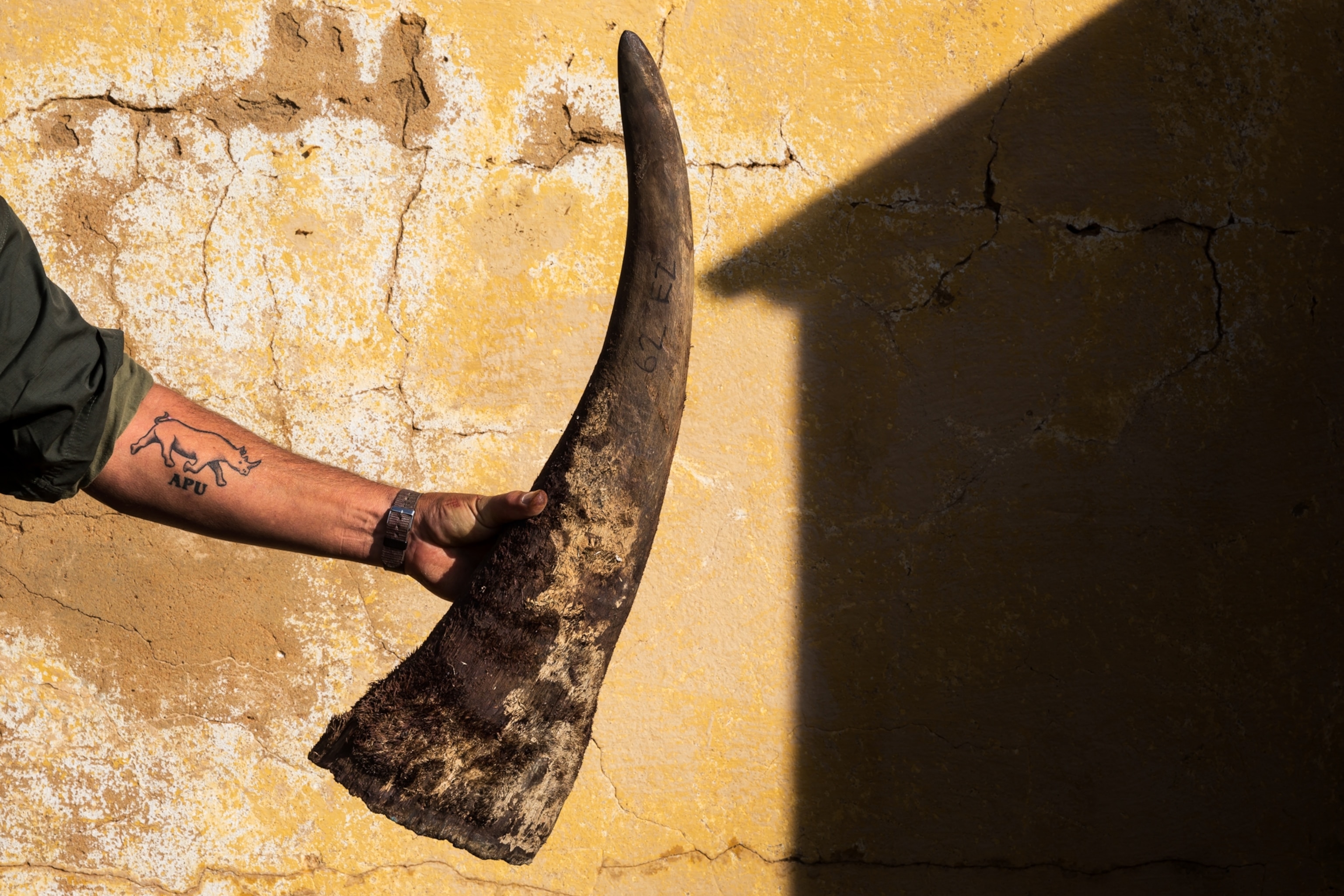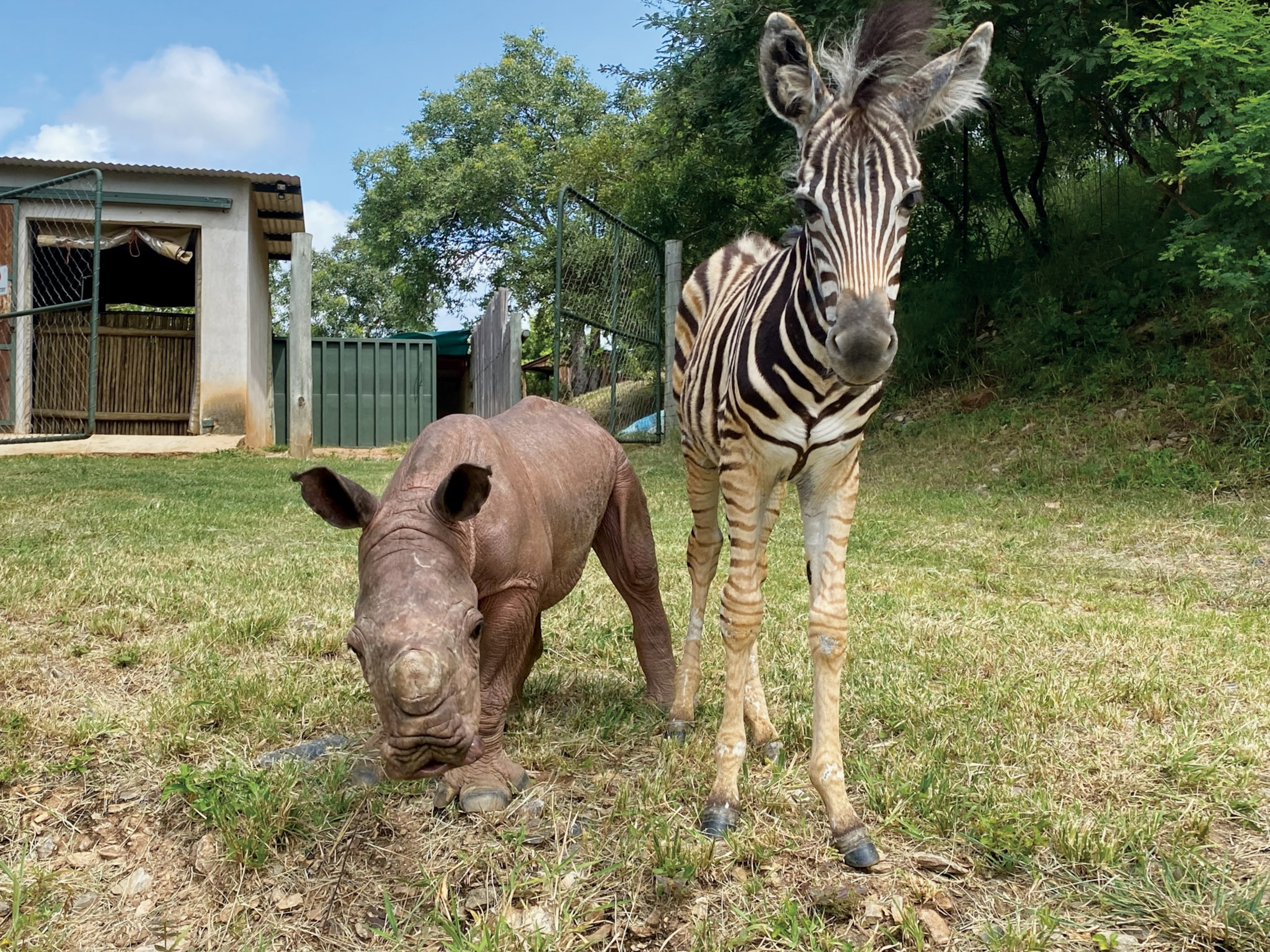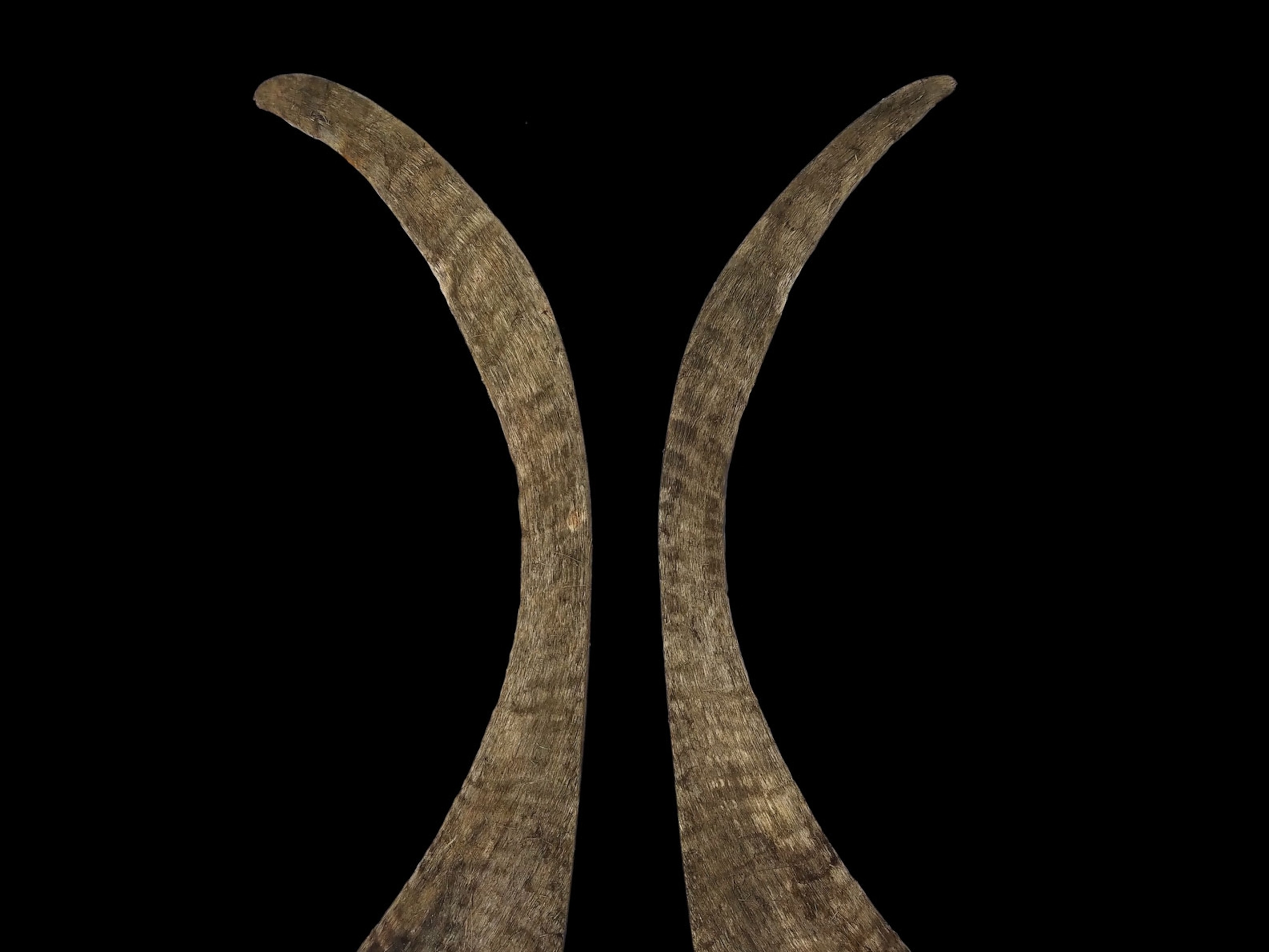
How the world’s largest rhino population dropped by 70 percent—in a decade
South Africa’s Kruger National Park has been slammed by poachers, corruption, and drought.
Rhinos in Kruger, the jewel of South Africa’s national parks, are in trouble.
The park’s rhino numbers have dropped by about 70 percent during the past decade, largely because of poaching and its knock-on effects for breeding and calf survival, according to a new assessment from South African National Parks (SANparks), which manages Kruger and the country’s 18 other major parks.
Kruger is now home to fewer than 4,000 rhinos, down from more than 10,000 in 2010. The population is divided between 3,549 white rhinos, which are grazers with square lips, and 268 black rhinos, which have pointed upper lips that help them pluck leaves and fruit from trees. Kruger’s rhinos make up about 30 percent of the world’s estimated 18,000 wild rhinos.
“These losses are extremely concerning, but we’ve known that they’ve been experiencing a slow death for a while now—this is just the official news,” says Grant Fowlds, conservation ambassador for Project Rhino, a South African nonprofit.
Poaching of rhino cows has been particularly damaging because each female may have as many as 10 calves in her lifetime, and calves without their mothers often die, says Michael Knight, chair of the African rhino specialist group at the International Union for the Conservation of Nature (IUCN), which assesses the status of wild animals.
Rhino horn is sold for use in traditional medicine or for carvings, primarily in China and Vietnam, although a market also exists in the United States. Kruger, which sprawls over 7,500 square miles, has long been the epicenter of rhino poaching in South Africa, according to the park service.
Nonetheless, rhino poaching in Kruger has been generally decreasing since a spike in 2014, when more than 800 rhinos were killed for their horns. The numbers have more than halved since then.
A drought that stretched through 2015 and 2016 caused further losses, Knight says. Rhinos bred less, and dehydrated mothers produced less milk, causing malnourished calves to die. During the drought, food was scarce, and white rhinos were particularly hard hit by the lack of grass to eat; they died at twice their normal rate, according to South Africa’s Department of Environment, Forestry, and Fisheries.
New ways to help rhinos
Despite the grim news overall, targeted surveillance technology in the park (often focused on saving breeding-age females) and some high-level arrests of poachers have been helping. According to SANparks, poaching declined by 21.6 percent between 2018 and 2019 (and elephant poaching fell by 43.8 percent).
To help protect rhinos, SANparks is moving some of Kruger’s animals outside the park to safer areas, such as other national parks—an effort that had been stalled for years because of an outbreak of tuberculosis among rhinos.

Dehorning Kruger’s rhinos, a common anti-poaching strategy in South Africa’s smaller, private parks, would be extremely costly. It requires a helicopter, a skilled veterinarian, and costs between $600 and $1,000 per rhino, says Fowlds, and it’s not a one-time expense because the horns grow back every few years. (Rhino horn is made of keratin—the same substance as fingernails—so dehorning, when done right, doesn’t hurt the animals.)
Obstacles ahead
SANparks calls internal corruption a “scourge” and says it “severely impacts staff and anti-poaching operations, as well as SANParks’ reputation.”
“Poaching gangs have clearly been able to infiltrate the ranger force within Kruger—and other parks and reserves—as evidenced by arrests,” says Cathy Dean, the CEO of Save the Rhino International, a London-based nonprofit.
During 2020, 394 rhinos were poached in the country’s parks, most in Kruger. The 2020 coronavirus lockdowns initially hindered travel around the park, reducing poaching. But as those restrictions were eased, poaching spiked, especially during December, according to South Africa’s environment, forestry, and fisheries department.
Last year, 66 alleged rhino poachers were arrested in Kruger, and 90 for poaching and rhino horn trafficking outside the park. But, Knight says, prosecutions will likely be slowed because of the controversial closure of Skukuza Regional Court, the “rhino court,” located inside Kruger. Skukuza is known for its high conviction rate of poachers and its hefty prison sentences.

Although the 303 rhinos poached in Kruger from April 2019 through March 2020 were fewer than the 500 SANparks had expected during that period, and a nearly 22 percent decrease from the previous fiscal year, Fowlds isn’t upbeat. “There are less rhinos to kill,” he says, so it’s harder for poachers to find them.





